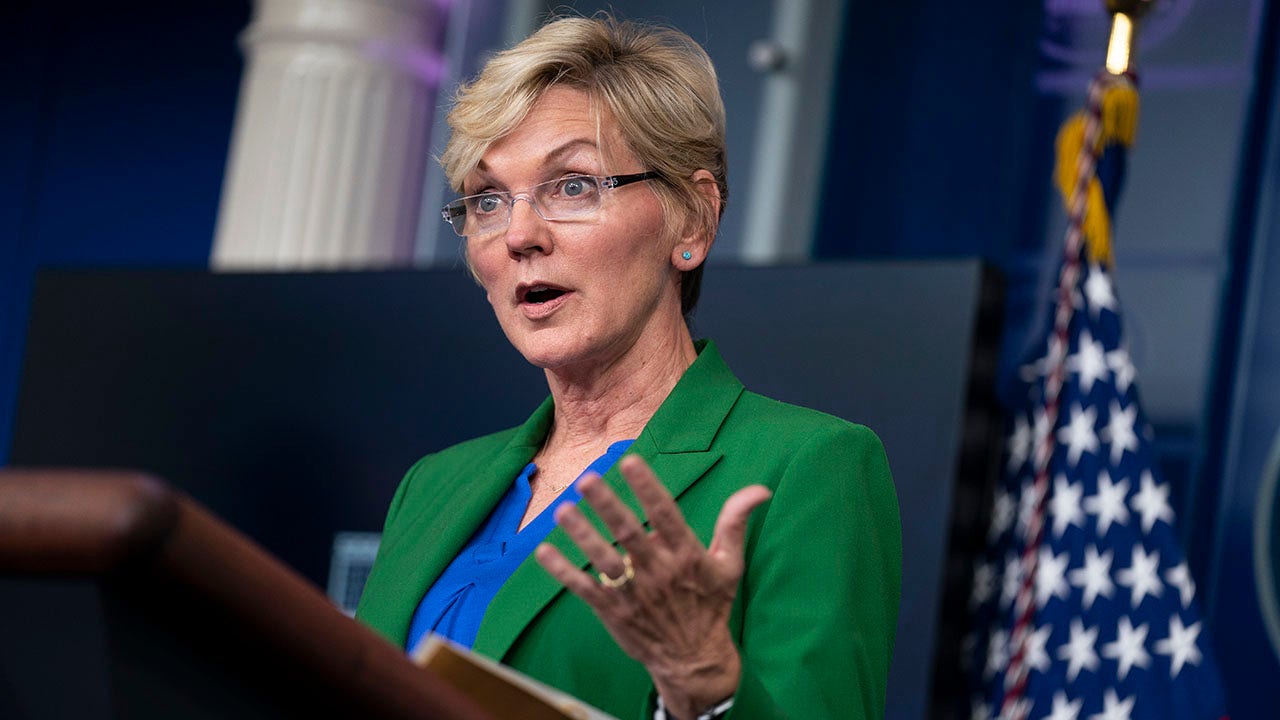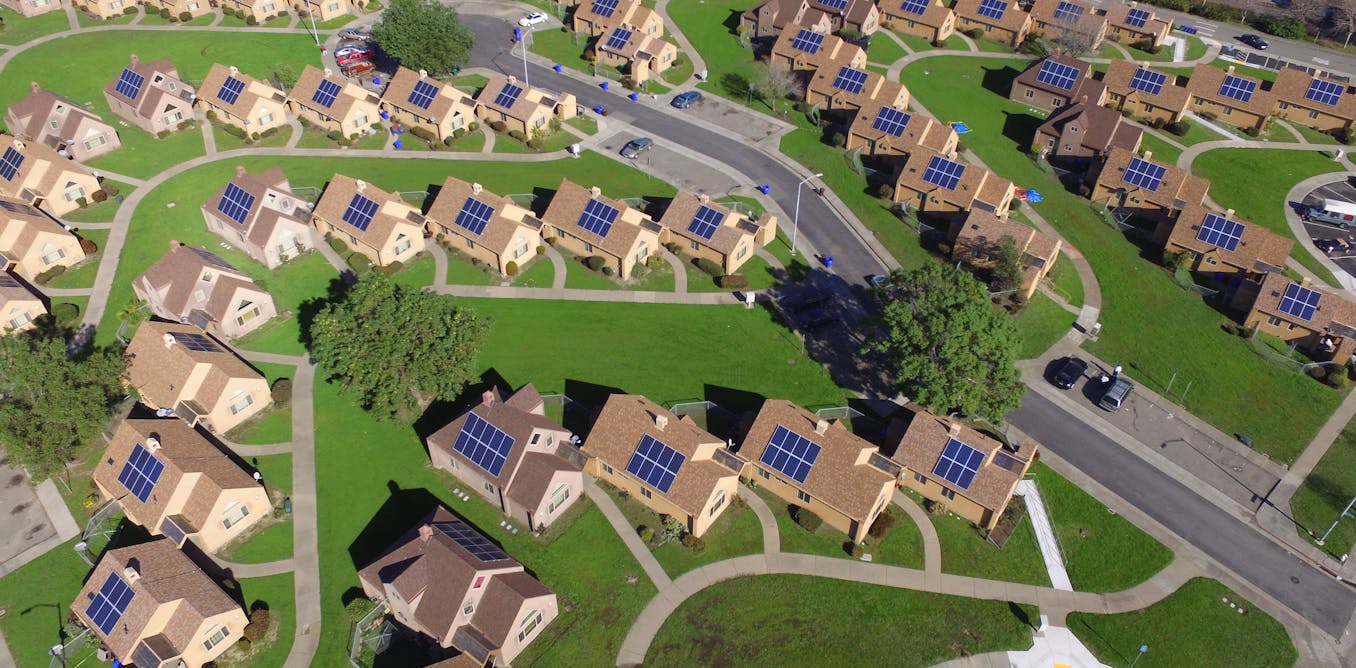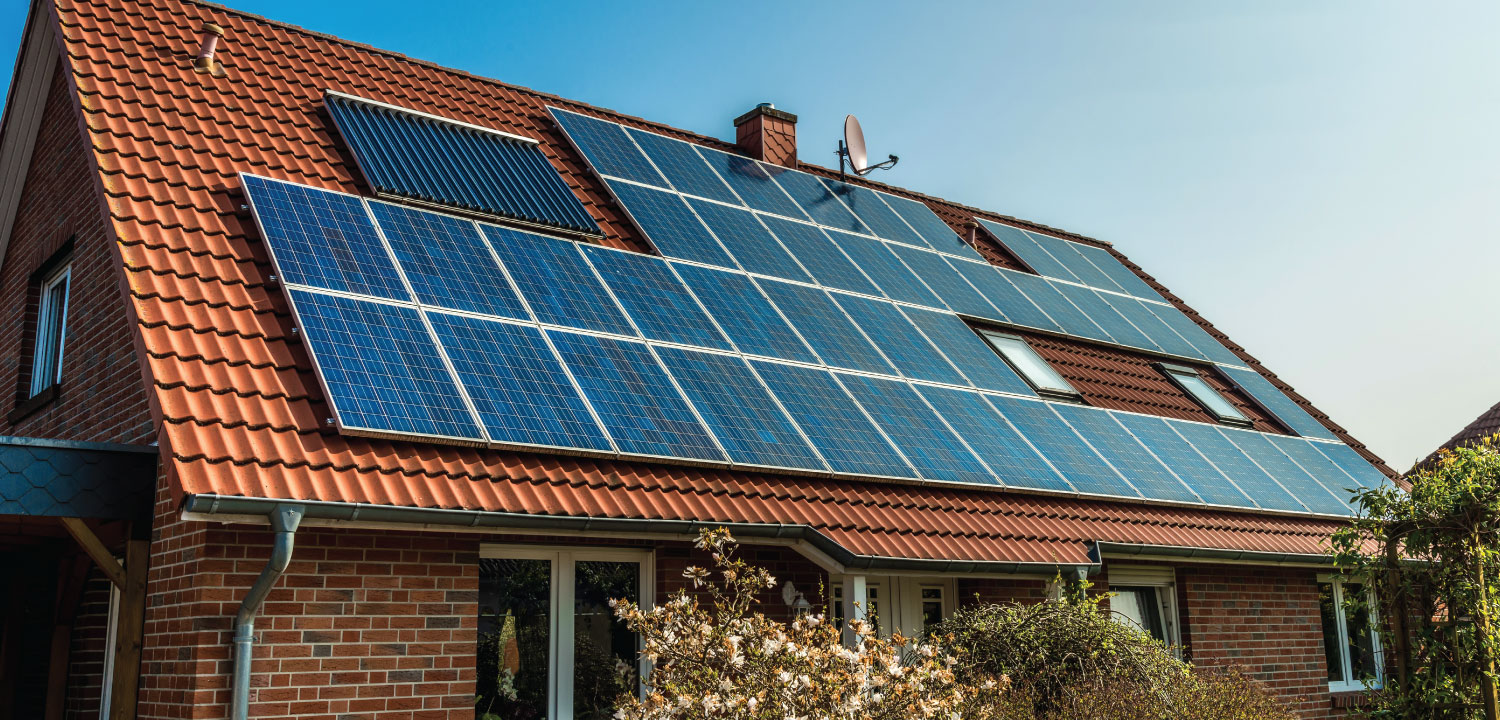What's the matter? Couldn't find any unbiased source that hates this bill?

Not to worry. Here, let me help you... Start with this one...
Buckle up, folks: this federal climate bill is going to supercharge Virginia’s energy transition
Three recurring themes stand out in the IRA.
One is the attention paid to ensuring benefits flow to low- and moderate-income residents and communities impacted by fossil fuel extraction. A second is the effort to incentivize manufacturing and supply chain companies to bring operations back to the U.S., using tax credits for manufacturing and requirements for U.S.-made components. The third is job creation and training for career jobs that pay well. The combined effect is that the law will benefit former coal workers in Southwest Virginia looking for employment at least as much as Northern Virginia suburbanites jonesing for Teslas.
Every state will see clean energy investments soar if the bill becomes law, but Virginia is especially well positioned. Though we have embarrassingly little wind and solar in our energy mix today, we have huge potential for both, a strong tech sector and a well-educated workforce.
But the biggest market opportunities would seem to be for solar on low-income housing and in areas impacted by fossil fuel extraction. Carrie Hearne, associate director for renewable energy and energy efficiency at Virginia’s Department of Energy, said the many federal funding programs laid out in the IRA “would provide great opportunities for energy infrastructure investments in communities that are most in need, and in turn, help to lower energy bills. These federal funds could also contribute to the commonwealth’s goal of competitive rates, reliable and responsible delivery of energy alongside rural economic development.”
The IRA will benefit former coal workers in Southwest Virginia looking for jobs at least as much as NoVa suburbanites jonesing for Teslas.

www.virginiamercury.com
Wait... there's more...
Cheaper solar power means low-income families can also benefit – with the right kind of help
More recently our researchers have combined this tracking report with data on household-level demographics and income of solar adopters, covering more than 70% of the U.S. residential solar market. Among the research products we’ve created is an
online interactive tool that shows the demographic characteristics of solar adoption
down to the county level.
Thanks to these price and growth trends, an increasing number of state and local governments, utilities and businesses want to help lower-income customers go solar. They believe solar will cut energy bills, reduce money spent on bill payment programs, avoid pollution and create green jobs.
So far, 20 states are offering 38 programs to help lower-income customers go solar. California, the largest, has budgeted over US$1 billion for such programs. A number of utilities and solar developers, like
Posigen and
GRID Alternatives, are also developing business models that work for all customers. These initiatives leverage state and federal incentives to deliver free or very low-cost solar to eligible households.
Reducing upfront costs
In our study we evaluated five policies and business models to see which ones helped low- and moderate-income households go solar:
- Financial incentives targeted at low- and moderate-income households, usually rebates or other incentives to reduce upfront costs.
- Leasing rooftop solar systems, which reduces upfront costs.
- Property Assessed Clean Energy financing, or PACE, which allows customers to finance energy improvements through their property tax payments. Currently, residential PACE is available only in California, Florida and Missouri.
- Financial incentives such as rebates offered to customers of any income level.
- “Solarize” campaigns, in which customers band together in a group purchase to get a good price.
The study includes data on more than 1 million residential rooftop photovoltaic systems installed on single-family homes in 18 states from 2010 to 2018. We compared modeled household-level income estimates for solar adopters with area median household incomes from U.S. Census data.
We found that three of the interventions – targeted incentives, leasing and PACE – effectively increased adoption equity. These approaches are boosting sales to low-income customers in existing markets and helping solar companies move into new markets, such as low-income areas where solar sales have been weak or absent.
Reducing upfront costs
In our study we evaluated five policies and business models to see which ones helped low- and moderate-income households go solar:
- Financial incentives targeted at low- and moderate-income households, usually rebates or other incentives to reduce upfront costs.
- Leasing rooftop solar systems, which reduces upfront costs.
- Property Assessed Clean Energy financing, or PACE, which allows customers to finance energy improvements through their property tax payments. Currently, residential PACE is available only in California, Florida and Missouri.
- Financial incentives such as rebates offered to customers of any income level.
- “Solarize” campaigns, in which customers band together in a group purchase to get a good price.
The study includes data on more than 1 million residential rooftop photovoltaic systems installed on single-family homes in 18 states from 2010 to 2018. We compared modeled household-level income estimates for solar adopters with area median household incomes from U.S. Census data.
We found that three of the interventions – targeted incentives, leasing and PACE – effectively increased adoption equity.
These approaches are boosting sales to low-income customers in existing markets and helping solar companies move into new markets, such as low-income areas where solar sales have been weak or absent.
An untapped customer base
When solar expands into new markets and neighborhoods, it can have a spillover impact. If a system is installed in a neighborhood that had no solar before, neighbors who see it will be more likely to adopt it themselves. Moving into new markets may have greater potential effects on low-income adoption rates than reaching lower-income households in existing markets.
Expanding sales to low- and moderate-income households can also tap a larger base of potential customers. The U.S. National Renewable Energy Lab (NREL) found in a study that
42% of rooftops where solar power could work are on low- and moderate-income housing.
A 2018 study estimates that installing rooftop solar systems on low- and moderate-income housing could provide up to 42% of all rooftop technical potential in the residential sector and improve energy affordability in low-income communities.
NREL
As the solar market grows, decisions to install solar systems are increasingly driven by the prospect of saving money, rather than strictly by green values or buyers’ interest in new technologies. A survey led by NREL found that roughly half of people who decided to install solar in California, New Jersey, New York and Arizona in 2014 to 2016
identified cost savings as a primary factor in their decision to adopt solar.
For low- and moderate-income households, the financial benefits of solar power can make a big difference. Many lower-income households carry a large energy burden, meaning that energy and utility costs consume a large share of their income. Across the U.S., low-income households spend about three times more of their income on energy costs than other households. Solar power can reduce those energy burdens by providing on-site power at a lower cost than grid electricity.
Making homes more energy efficient is an established strategy for cutting energy bills, but there’s growing interest in having solar play a role.
Deploying solar power for low- and moderate-income households can be a way to fulfill policy and social goals like creating jobs and improving the environment.
Solar power doesn’t have to be just for the wealthy anymore. With the right kind of financial incentives, households at all income levels can benefit from affordable clean energy.

theconversation.com







